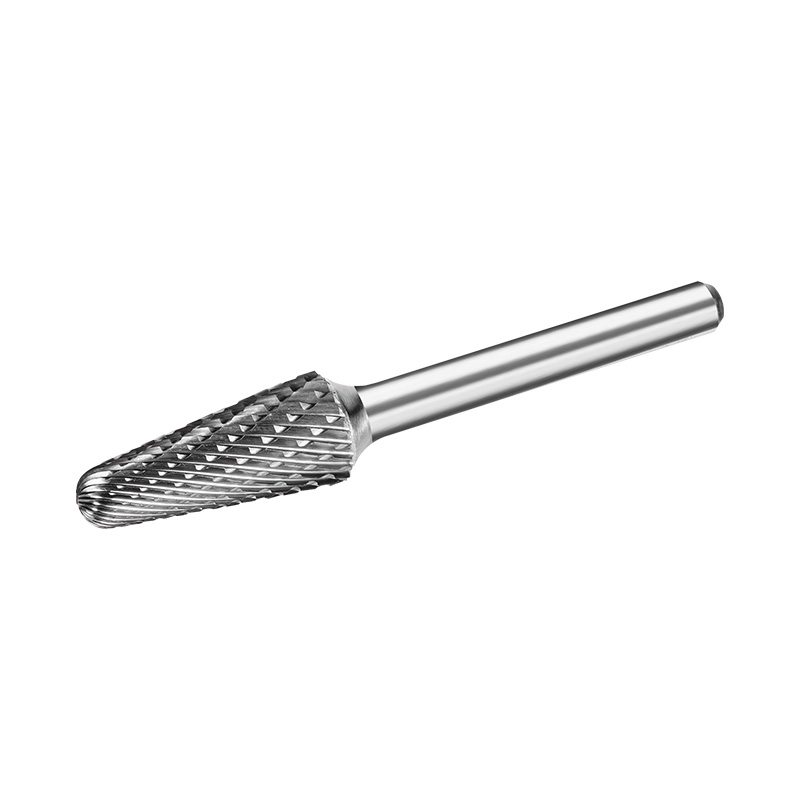The process of deburring and shaping is critical in achieving the desired finish and functionality of metal components. Tapered carbide burrs have emerged as a preferred tool for these tasks, offering a combination of precision, durability, and versatility that is unmatched by traditional alternatives.
Tapered carbide burrs are designed to provide a focused and controlled approach to metal removal. Their unique shape allows for access to hard-to-reach areas, making them ideal for intricate work. The tapered carbide burr refers to the conical design of the tool, which tapers from a wider base to a fine point. This design enables a more precise and controlled cutting action, reducing the risk of over-shaping or damaging the workpiece.

The process of metal removal is a delicate balance between efficiency and precision. Tapered carbide burrs excel in this area, providing a high level of control over the amount of material removed. The sharp edges of these burrs allow for clean, precise cuts, ensuring that the final product meets high quality standards. The use of carbide in the construction of these burrs contributes to their longevity, as carbide is known for its hardness and wear resistance.
In the context of CNC machining, where precision is paramount, CNC carbide drill bits are often used in conjunction with tapered carbide burrs. These drill bits are designed to create precise holes in metal, and when used in combination with burrs, they can achieve a seamless finish. The compatibility of these tools allows for a streamlined workflow, reducing the need for multiple tool changes and minimizing the risk of errors.
One of the key advantages of tapered carbide burrs is their versatility. These tools can be used on a wide range of materials, from soft metals like aluminum to harder materials like stainless steel. This adaptability makes them a valuable asset in any workshop or manufacturing facility. The ability to switch between different grit sizes and shapes of burrs allows for a tailored approach to each specific task, ensuring good results.
Safety is a critical consideration in any manufacturing process. Tapered carbide burrs, due to their precision and control, can help reduce the risk of accidents. The focused cutting action of these burrs minimizes the potential for slippage or unintended cuts, providing a safer working environment. Additionally, the durability of carbide materials means that these burrs can withstand the rigors of heavy use without compromising their structural integrity.
From an economic standpoint, the use of tapered carbide burrs can cause significant cost savings. The longevity of these tools means that they can be used for an extended period without the need for frequent replacement. This not only reduces the overall cost of production but also minimizes downtime associated with tool changes. Furthermore, the precision and efficiency of these burrs can cause a reduction in material waste, further contributing to cost savings.
The integration of tapered carbide burrs into the field of metalworking has brought about a significant shift in the way deburring and shaping tasks are approached. Their precision, durability, and versatility have made them a staple in the industry. As manufacturing processes continue to evolve, the role of these tools is likely to expand, further solidifying their position as a key component in the pursuit of greation in metalworking.
The advantages of tapered carbide burrs in deburring and shaping are manifold, offering a combination of precision, safety, and economic benefits that make them an indispensable tool in the modern manufacturing landscape. As technology continues to advance, the capabilities of these burrs are likely to expand, further enhancing their role in the creation of high-quality metal components.